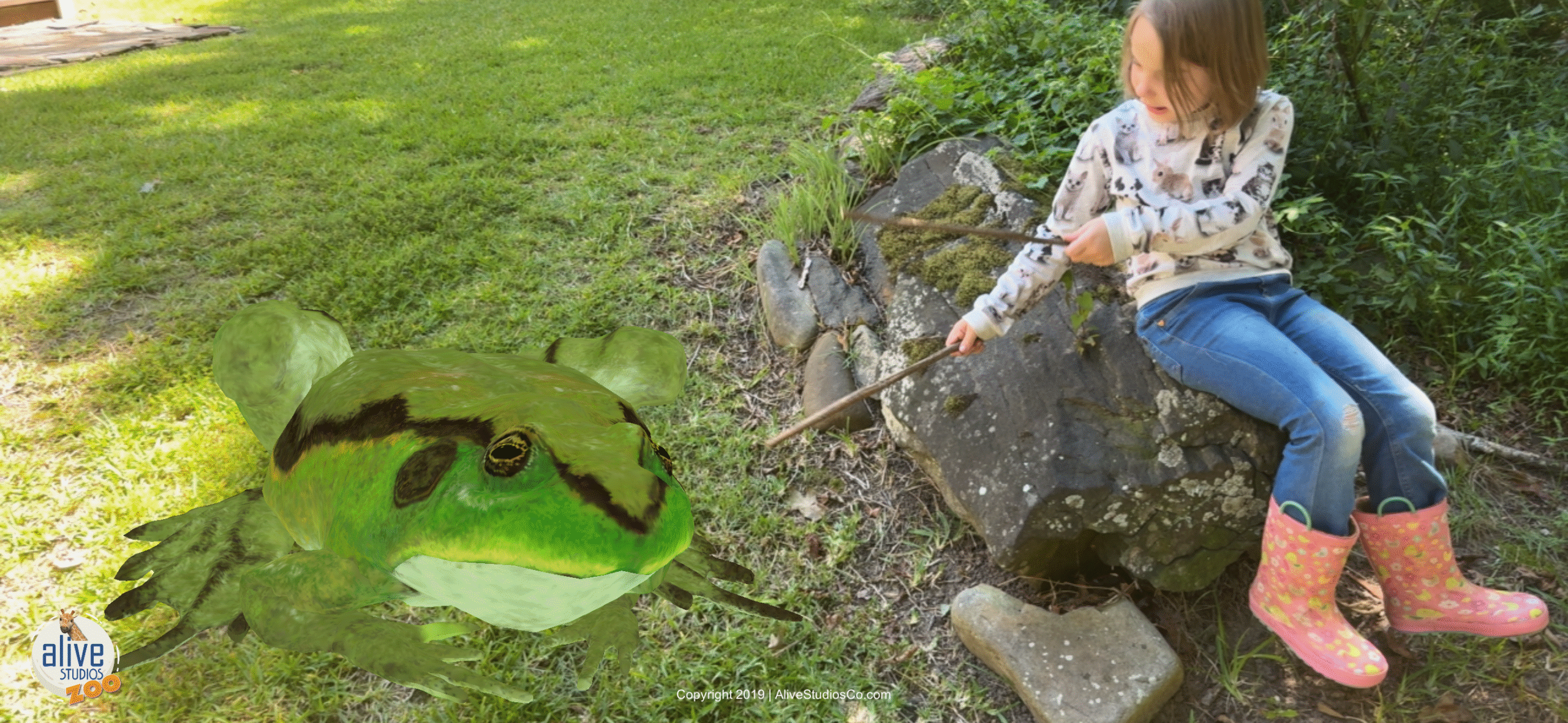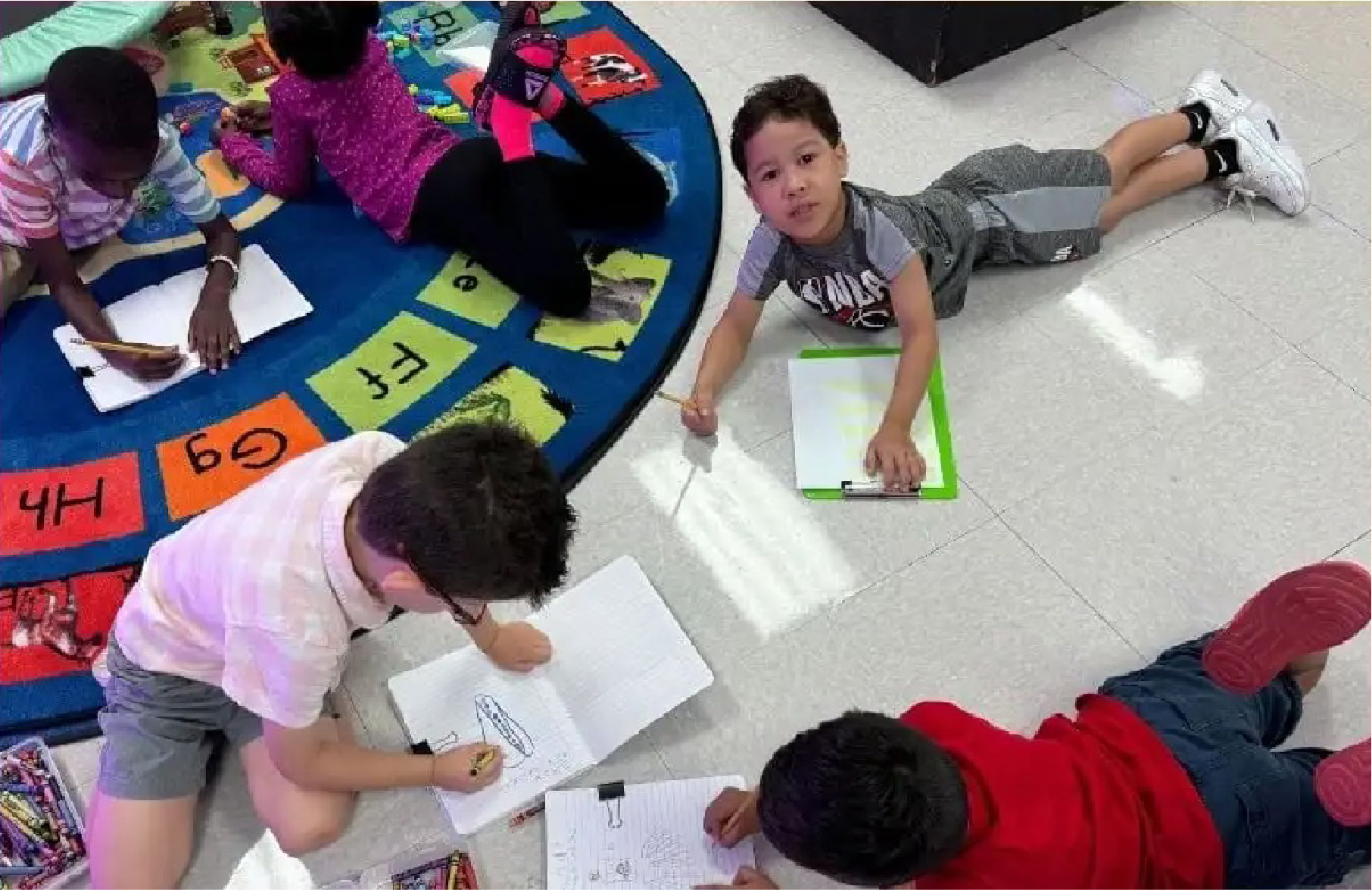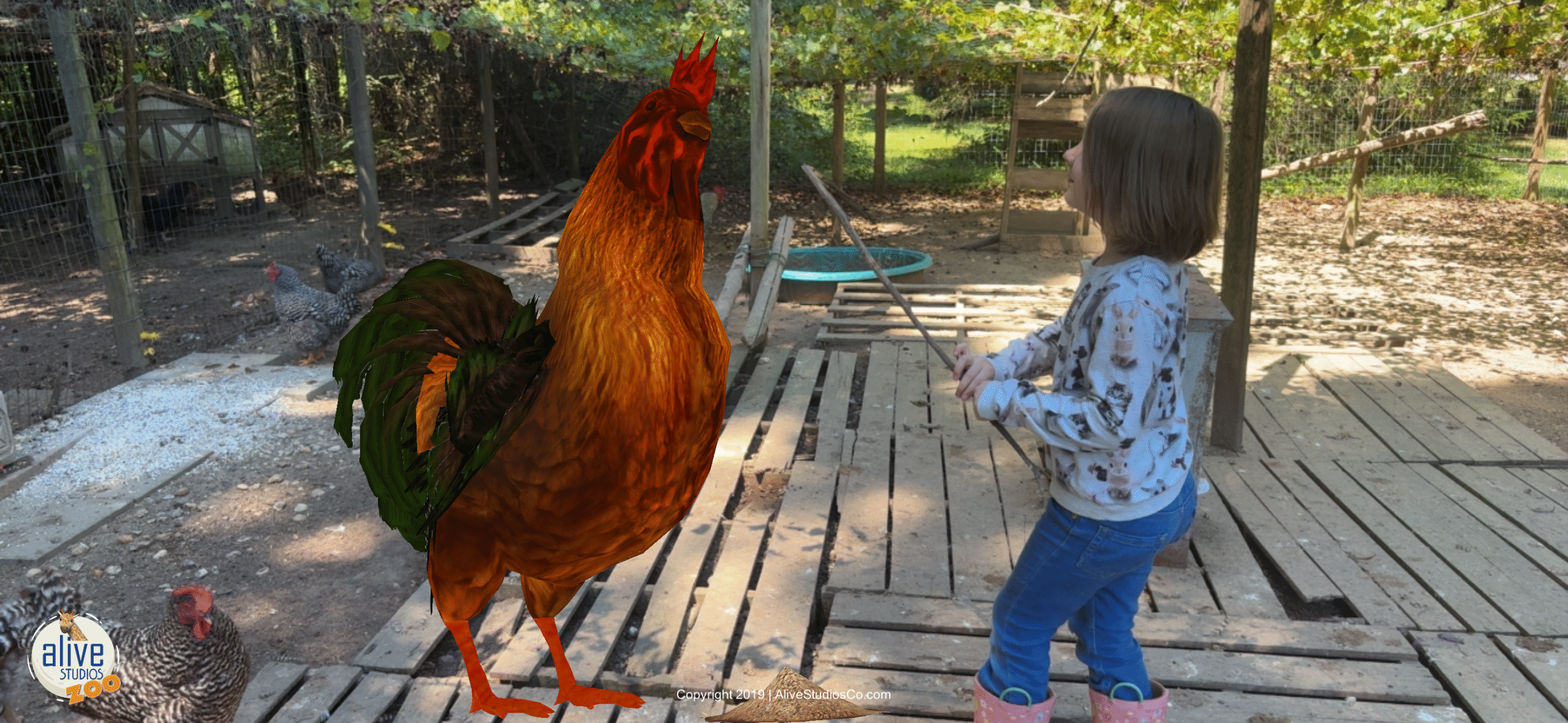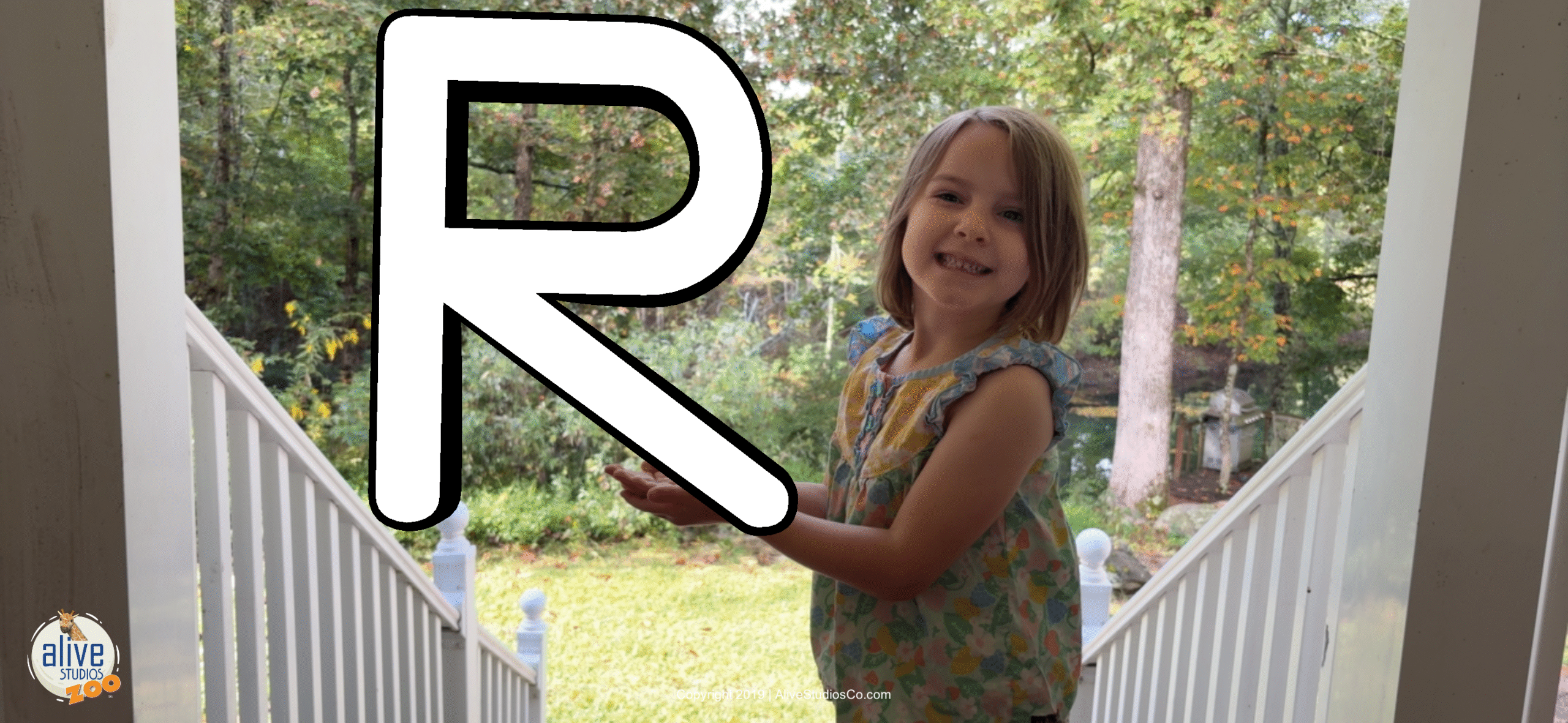“The secret sauce for engagement isn’t a complex, expensive formula; it’s a commitment to understanding and respecting how the young brain is wired to learn.”
5-minute read

Cynthia B. Kaye
Early Education Advocate | EdTech Innovator | CEO, Alive Studios

In the high-stakes world of education, few questions resonate as profoundly as: “How do we truly engage our youngest learners?” While the answer can seem elusive, neuroscience offers a powerful roadmap. By understanding how the brain naturally thrives, we can design early educational experiences that aren’t just fun, but are deeply impactful, laying robust foundations for lifelong literacy and numeracy.
When students are completely engaged, their minds are open for learning—that’s brain science. The role of the amygdala is like a gate, and creating the right environment and experiences is what opens that gate, allowing the mind to learn.
Leading experts in brain science, such as developmental molecular biologist Dr. John Medina and neurologist-turned-educator Dr. Judy Willis, consistently point to a few core principles. These aren’t just theories; they are the brain’s “secret sauce” for optimal engagement, fostering environments where learning isn’t just possible, but inevitable.
1. Emotional Safety: The Foundation of All Learning
Perhaps the most critical, yet often overlooked, ingredient in the engagement sauce is emotional safety. The human brain, particularly in its earliest stages, prioritizes survival above all else. If a child feels stressed, anxious, or threatened, their brain’s alarm system—the amygdala—takes over, shunting resources away from the prefrontal cortex, the hub of higher-order thinking, memory, and learning.
Dr. Judy Willis frequently emphasizes this in her work: “Learning will always be compromised when students feel threatened or stressed because the brain’s priority is survival.”
This means that before any academic content can be effectively absorbed, children need to feel secure, valued, and understood. A warm, predictable, and supportive classroom environment is not a luxury; it’s a neurological prerequisite for genuine engagement. When children feel safe, their brains are open to novelty, curiosity, and the vulnerability required for true learning.

2. Novelty and Curiosity: The Brain’s Natural Drive
The young brain is a relentless explorer, constantly seeking new information to make sense of its world. Novelty acts as a powerful stimulant, grabbing attention and initiating the learning process. Dr. John Medina highlights this innate drive in Brain Rules for Baby, discussing how children are scientists at heart: “Children are natural scientists, driven by curiosity to experiment and explore.”
Speaking of novelty, meet Randy Rooster, an engaging “3D augmented reality” friend making the letter ‘R’ unforgettable! When learning is this much fun, children aren’t just memorizing; they’re connecting with content in a way that truly sticks.


When educators introduce concepts through varied approaches—a different sensory experience, a new game, an unexpected story, a hands-on experiment, or —they tap into this natural curiosity. This isn’t about constant overstimulation, but about strategic moments of surprise and fresh perspectives that capture and sustain attention. Novelty helps release dopamine, a neurotransmitter associated with pleasure and motivation, further solidifying the learning experience.
3. Active Participation & Experiential Learning: Wiring the Brain Through Doing
Passive reception of information is rarely effective for deep, lasting learning, especially in early childhood. The brain learns by doing, by interacting with its environment, and by constructing its own understanding. This principle is central to many brain-based learning advocates.
Dr. Willis champions active learning strategies that engage multiple senses: “The brain learns by linking new information to prior knowledge and through active engagement. When students are physically and emotionally involved, learning is more robust.”
This translates into hands-on activities, collaborative play, movement, and opportunities for children to explore, manipulate, and experiment. For example, rather than just telling a child about shapes, allow them to build, cut out, or draw shapes, which can wire their brains to understand geometric concepts more completely. Similarly, for literacy, engaging children in dramatic play builds essential neural pathways. Some ideas for this are: storytelling, interacting with letters, words, and sentences in a fun way, or having children “write” their own short stories.
4. Intentional Language and “Serve and Return”: Building Robust Neural Pathways
While not explicitly named as a “secret sauce” principle in isolation, the quality and quantity of language interaction is a cornerstone of early brain development, directly impacting literacy. Dr. John Medina emphasizes the profound impact of parent-child “serve and return” interactions—the back-and-forth dance of communication—on a child’s brain architecture: “The number and variety of words a parent speaks to a child directly impacts the child’s IQ and vocabulary.”
This concept extends seamlessly into the early education environment. Educators who engage children in rich conversations, ask open-ended questions, describe observations, and read aloud with expressiveness are actively building the neural pathways for language acquisition, vocabulary development, and comprehension—all crucial precursors to strong literacy. This intentional use of language helps bridge the gap between spoken words and their eventual written form.
Conclusion
A Recipe for Success: Investing in early education, guided by these neuroscientific principles, is not just a noble cause; it is a strategic imperative for improving literacy and numeracy scores for all children. By creating emotionally safe environments, fueling curiosity with novelty, facilitating active, hands-on participation, and immersing children in rich language, we provide the brain with precisely what it needs to flourish. The “secret sauce” for engagement isn’t a complex, expensive formula; it’s a commitment to understanding and respecting how the young brain is wired to learn, ensuring that every child has the strongest possible start.
Call to Action
I invite you to take these brain-based principles back to your classroom. As you work with your students each day, observe and see for yourself: When are they most engaged? Which activities spark the most curiosity? By seeing these principles in action, you can continue to create the kind of learning environment that helps every child thrive.
We’d love to hear your comments or questions below:
